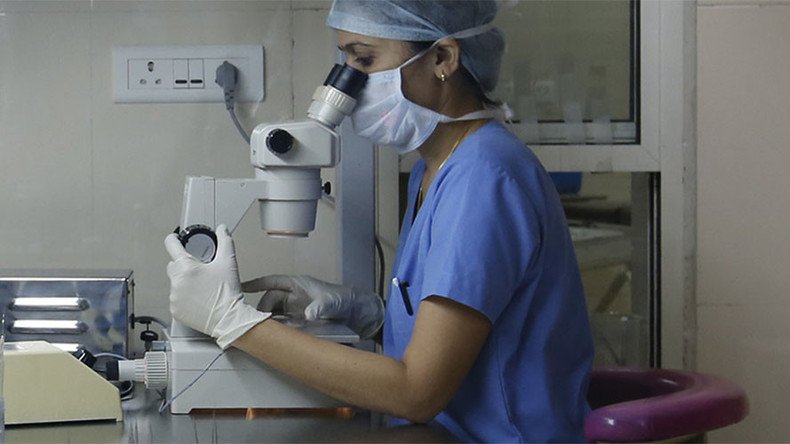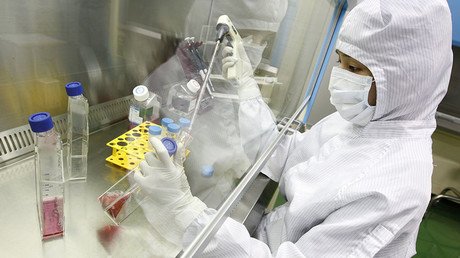‘Game-changer for patients’: Scientists grow liver able to replicate natural functions

American scientists have grown a liver which can manage the closest ever set of processes to that of a real human one. The lab-grown organ has the potential to be a “game-changer” for patients suffering from liver diseases, they said.
Scientists at a The Saban Research Institute of the Children’s Hospital Los Angeles created the liver with the help of both people and mice, the study published in the journal Stem Cells Translational Medicine on Tuesday said.
Using stem and progenitor cells obtained from human and mouse livers the researchers generated the so-called liver organoid units (LOU) which were later implanted into mice. The LOU then developed into a liver with bile ducts, blood vessels, hepatocytes (liver cells involved in bile production) and other cells required for it to function. What is more, the tissue-developed organ produced albumin – the same protein a human liver generates.
The tissue-engineered liver did not fully resemble a human one as there were differences in cellular structure, scientists noted.
READ MORE: No need for a perfect match: New method allows kidney transplants from ‘any’ donor
Scientists came up with the idea of obtaining a lab-grown liver after a series of fruitful experiments aimed at generating intestinal tissue.
“Based on the success in my lab generating tissue-engineered intestine and other cell types, we hypothesized that by modifying the protocol used to generate intestine, we would be able to develop liver organoid units that could generate functional tissue-engineered liver when transplanted,” said Tracy C. Grikscheit, a pediatric surgeon and researcher at The Saban Research Institute of CHLA and co-principal investigator on the study in the press-release.
So far donor liver transplantation has remained the only effective method for coping with end-stage liver diseases. The method is considered challenging due to the scarcity of donors and the need for patients who undergo liver transplants to be treated with immunosuppressive drugs during their whole life so their body would not reject the implanted organ.
READ MORE: Russian scientists speed up human tissue regeneration with supermolecule
While there continues to be a need for a more durable treatment, scientists express great hope in the new development, saying the lab-grown liver might be capable of easing the plight of many patients.
“A cellular therapy for liver disease would be a game-changer for many patients, particularly children with metabolic disorders,” said Kasper S. Wang, a pediatric surgeon and researcher at The Saban Research Institute of CHLA and co-principal investigator on the study. “By demonstrating the ability to generate hepatocytes comparable to those in native liver, and to show that these cellsare functional and proliferative, we’ve moved one step closer to that goal.”
New stem cell may eventually generate human organs in animals, save millions of lives http://t.co/5TKFSKULzxpic.twitter.com/3F9nGSIVR0
— RT America (@RT_America) May 8, 2015













